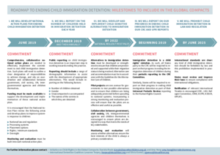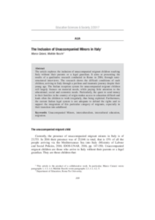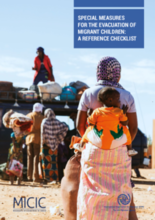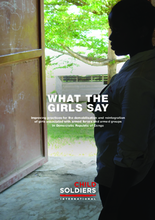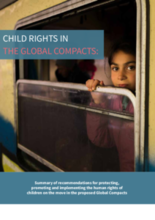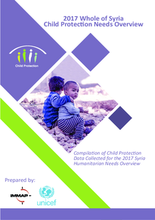Displaying 331 - 340 of 526
This roadmap to ending the detention of children in immigration from the Initiative for Child Rights in the Global Compacts outlines the commitments, examples of practice, reference documents, and guidelines for each stage of the strategy from June 2019 to June 2025.
The article explores the inclusion of unaccompanied migrant children reaching Italy without their parents or a legal guardian.
This "Atlas" investigates the situation of unaccompanied foreign minors, to have a deeper understanding of the identity, the origin and the life stories of these particularly vulnerable children.
This document aims to provide an overview of the scope of activities of the International Organization for Migration (IOM) in relation to the protection of unaccompanied migrant children and support for this group.
The main focus of this article is on the effects of intrastate war and the reintegration of Liberian child soldiers into their families and former communities.
The Checklist is a part of the toolkit developed by the IOM to provide technical guidance for the operationalization of the MICIC Initiative Guidelines. It is a non-binding compilation of recommended actions to ensure that the specific protection needs of migrant children are taken into consideration during humanitarian evacuations.
This report from the Immigrant Legal Resource Center of the United States highlights the connections between US immigration policy and the child welfare system, particularly the criminalization of undocumented immigrants and its impact on foster care in the US.
This report presents the findings of research conducted by Child Soldiers International to assess the effectiveness of release, psychosocial recovery and reintegration interventions (commonly referred to as ‘DDR’) for girls associated with armed groups in eastern Democratic Republic of Congo (DRC).
This four-page document is a synthesis of the working document entitled “Child Rights in the Global Compacts: Recommendations for protecting, promoting and implementing the human rights of children on the move in the proposed Global Compacts,” drafted by the Steering Committee of the Initiative for Child Rights in the Global Compacts.
This document provides analysis of child protection needs and risks at the government level to support child protection actors in programmed development, resource mobilasation and advocacy.

